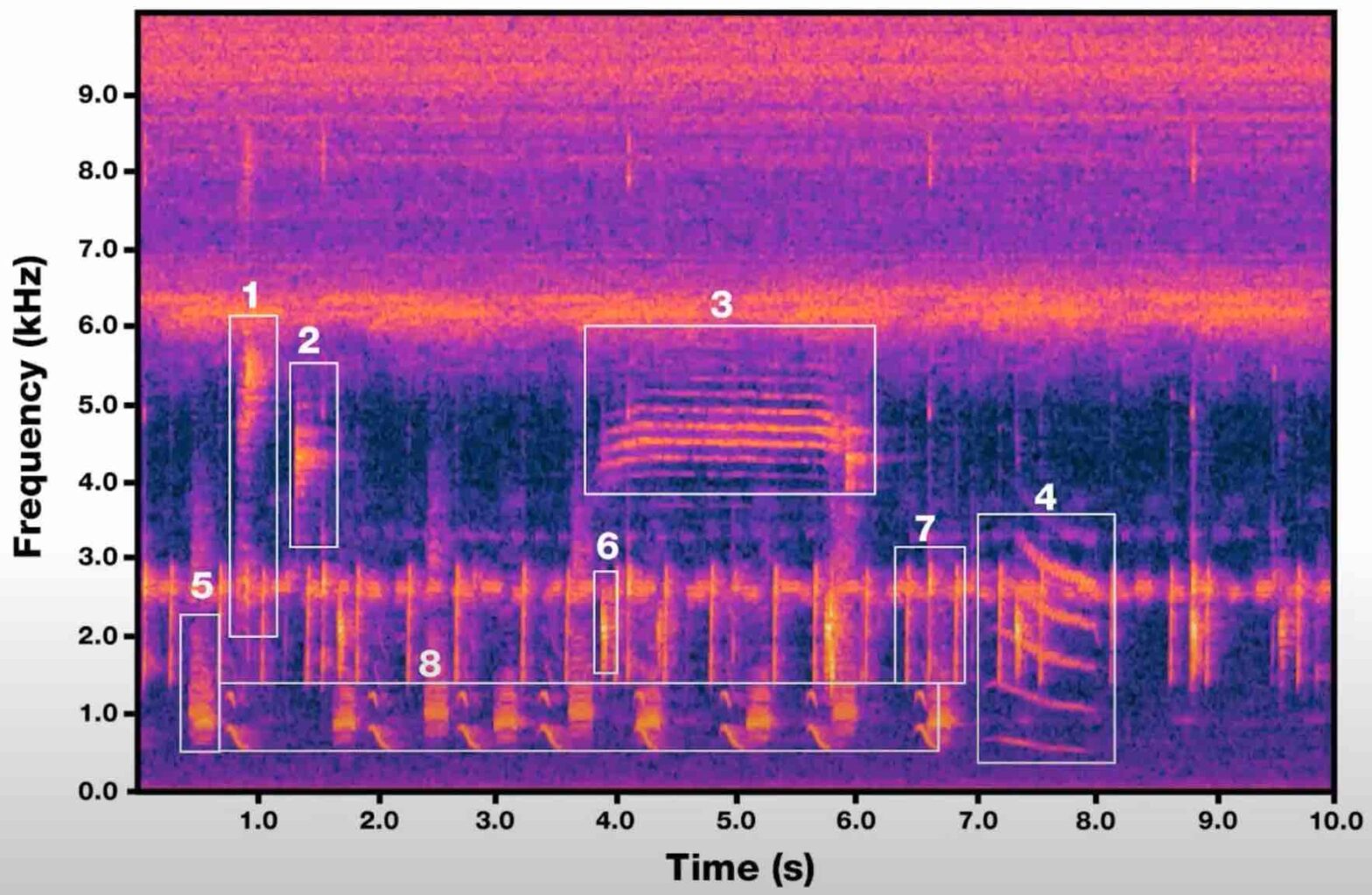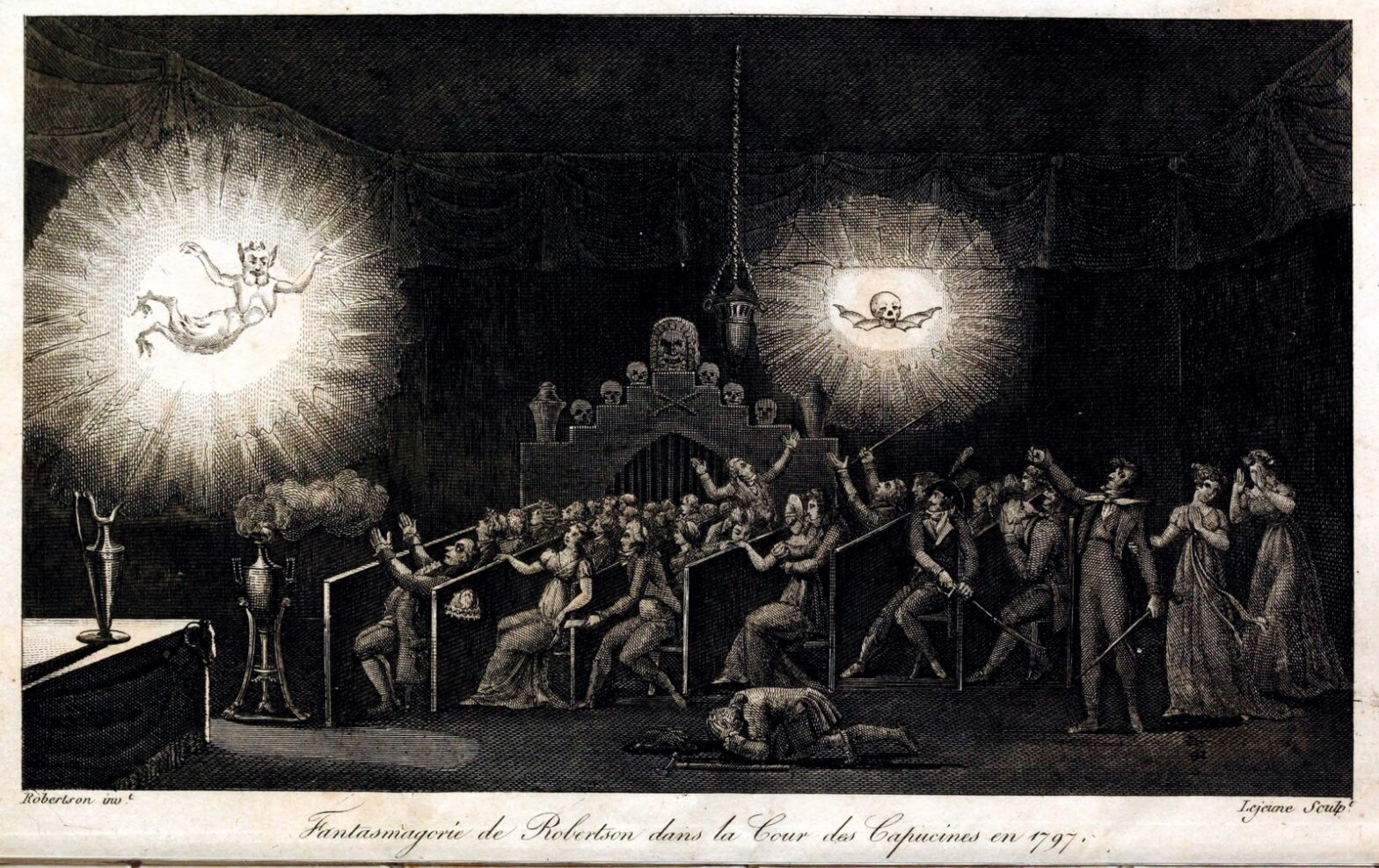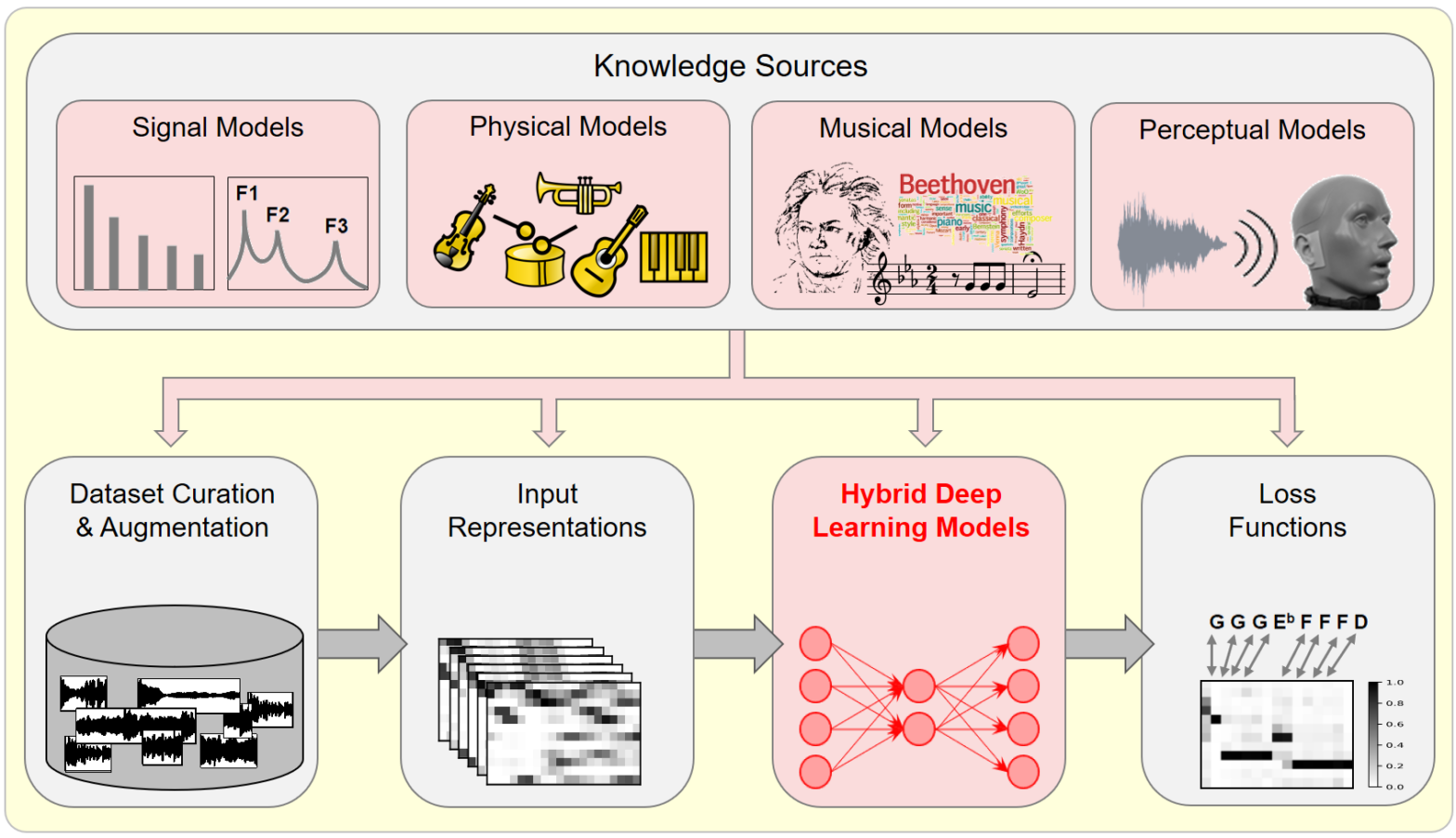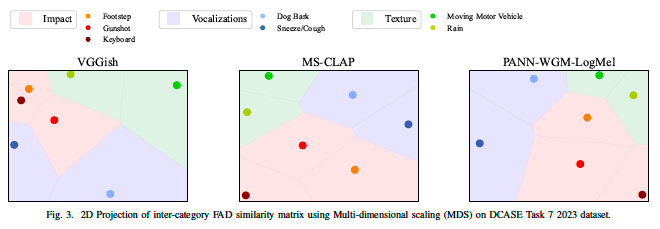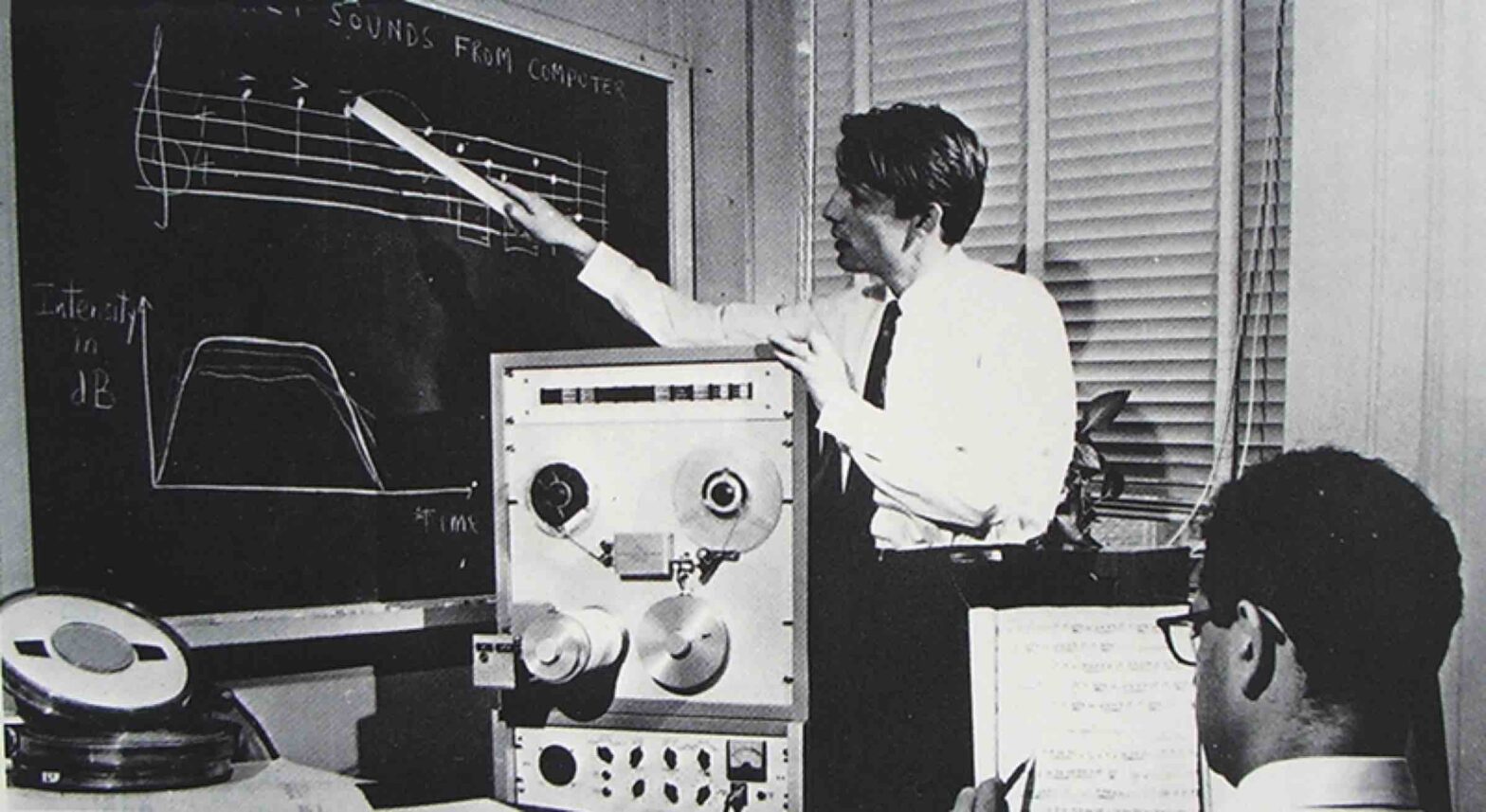Multi-label imbalanced classification poses a significant challenge in machine learning, particularly evident in bioacoustics where animal sounds often co-occur, and certain sounds are much less frequent than others. This paper focuses on the specific case of classifying anuran species sounds using the dataset AnuraSet, that contains both class imbalance and multi-label examples. To address these challenges, we introduce Mixture of Mixups (Mix2), a framework that leverages mixing regularization methods Mixup, Manifold Mixup, and MultiMix. Experimental results show that these methods, individually, may lead to suboptimal results; however, when applied randomly, with one selected at each training iteration, they prove effective in addressing the mentioned challenges, particularly for rare classes with few occurrences. Further analysis reveals that the model trained using Mix2 is also proficient in classifying sounds across various levels of class co-occurrences.
Category: Publications
Phantasmagoria: Sound Synthesis After the Turing Test @ S4
Sound synthesis with computers is often described as a Turing test or “imitation game”. In this context, a passing test is regarded by some as evidence of machine intelligence and by others as damage to human musicianship. Yet, both sides agree to judge synthesizers on a perceptual scale from fake to real. My article rejects this premise and borrows from philosopher Clément Rosset’s “L’Objet singulier” (1979) and “Fantasmagories” (2006) to affirm (1) the reality of all music, (2) the infidelity of all audio data, and (3) the impossibility of strictly repeating sensations. Compared to analog tape manipulation, deep generative models are neither more nor less unfaithful. In both cases, what is at stake is not to deny reality via illusion but to cultivate imagination as “function of the unreal” (Bachelard); i.e., a precise aesthetic grip on reality. Meanwhile, i insist that digital music machines are real objects within real human societies: their performance on imitation games should not exonerate us from studying their social and ecological impacts.
WeAMEC PETREL project presented at Seanergy
Seanergy, the leading international event on offshore renewables energy, had its 2024 edition at Parc des expositions in Nantes. As part of the PETREL project, i have presented a poster with the title: “Towards the sustainable design of smart acoustic sensors for environmental monitoring of offshore renewables”. We reproduce the abstract below. Full program: https://seanergy-forum.com/research-posters/… Continue reading WeAMEC PETREL project presented at Seanergy
Learning to Solve Inverse Problems for Perceptual Sound Matching @ IEEE TASLP
Perceptual sound matching (PSM) aims to find the input parameters to a synthesizer so as to best imitate an audio target. Deep learning for PSM optimizes a neural network to analyze and reconstruct prerecorded samples. In this context, our article addresses the problem of designing a suitable loss function when the training set is generated by a differentiable synthesizer. Our main contribution is perceptual–neural–physical loss (PNP), which aims at addressing a tradeoff between perceptual relevance and computational efficiency. The key idea behind PNP is to linearize the effect of synthesis parameters upon auditory features in the vicinity of each training sample. The linearization procedure is massively parallelizable, can be precomputed, and offers a 100-fold speedup during gradient descent compared to differentiable digital signal processing (DDSP). We show that PNP is able to accelerate DDSP with joint time–frequency scattering transform (JTFS) as auditory feature while preserving its perceptual fidelity. Additionally, we evaluate the impact of other design choices in PSM: parameter rescaling, pretraining, auditory representation, and gradient clipping. We report state-of-the-art results on both datasets and find that PNP-accelerated JTFS has greater influence on PSM performance than any other design choice.
Model-Based Deep Learning for Music Information Research @ IEEE SPM
In this article, we investigate the notion of model-based deep learning in the realm of music information research (MIR). Loosely speaking, we refer to the term model-based deep learning for approaches that combine traditional knowledge-based methods with data-driven techniques, especially those based on deep learning, within a diff erentiable computing framework. In music, prior knowledge for instance related to sound production, music perception or music composition theory can be incorporated into the design of neural networks and associated loss functions. We outline three specific scenarios to illustrate the application of model-based deep learning in MIR, demonstrating the implementation of such concepts and their potential.
Detection of Deepfake Environmental Audio @ EUSIPCO
With the ever-rising quality of deep generative models, it is increasingly important to be able to discern whether the audio data at hand have been recorded or synthesized. Although the detection of fake speech signals has been studied extensively, this is not the case for the detection of fake environmental audio. We propose a simple and efficient pipeline for detecting fake environmental sounds based on the CLAP audio embedding. We evaluate this detector using audio data from the 2023 DCASE challenge task on Foley sound synthesis.
Our experiments show that fake sounds generated by 44 state-of-the-art synthesizers can be detected on average with 98\% accuracy. We show that using an audio embedding trained specifically on environmental audio is beneficial over a standard VGGish one as it provides a 10% increase in detection performance. The sounds misclassified by the detector were tested in an experiment on human listeners who showed modest accuracy with nonfake sounds, suggesting there may be unexploited audible features.
Correlation of Fréchet Audio Distance With Human Perception of Environmental Audio Is Embedding Dependent @ EUSIPCO
This paper explores whether considering alternative domain-specific embeddings to calculate the Fréchet Audio Distance (FAD) metric can help the FAD to correlate better with perceptual ratings of environmental sounds. We used embeddings from VGGish, PANNs, MS-CLAP, L-CLAP, and MERT, which are tailored for either music or environmental sound evaluation. The FAD scores were calculated for sounds from the DCASE 2023 Task 7 dataset. Using perceptual data from the same task, we find that PANNs-WGM-LogMel produces the best correlation between FAD scores and perceptual ratings of both audio quality and perceived fit with a Spearman correlation higher than 0.5. We also find that music-specific embeddings resulted in significantly lower results. Interestingly, VGGish, the embedding used for the original Fréchet calculation, yielded a correlation below 0.1. These results underscore the critical importance of the choice of embedding for the FAD metric design.
Towards multisensory control of physical modeling synthesis @ Inter-Noise
Physical models of musical instruments offer an interesting tradeoff between computational efficiency and perceptual fidelity. Yet, they depend on a multidimensional space of user-defined parameters whose exploration by trial and error is impractical. Our article addresses this issue by combining two ideas: query by example and gestural control. On one hand, we train a deep… Continue reading Towards multisensory control of physical modeling synthesis @ Inter-Noise
Structure Versus Randomness in Computer Music and the Scientific Legacy of Jean-Claude Risset @ JIM
According to Jean-Claude Risset (1938–2016), “art and science bring about complementary kinds of knowledge”. In 1969, he presented his piece Mutations as “[attempting] to explore […] some of the possibilities offered by the computer to compose at the very level of sound—to compose sound itself, so to speak.” In this article, I propose to take the same motto as a starting point, yet while adopting a mathematical and technological outlook, more so than a musicological one.
Instabilities in Convnets for Raw Audio @ IEEE SPL
What makes waveform-based deep learning so hard? Despite numerous attempts at training convolutional neural networks (convnets) for filterbank design, they often fail to outperform hand-crafted baselines. These baselines are linear time-invariant systems: as such, they can be approximated by convnets with wide receptive fields. Yet, in practice, gradient-based optimization leads to suboptimal approximations. In our… Continue reading Instabilities in Convnets for Raw Audio @ IEEE SPL
